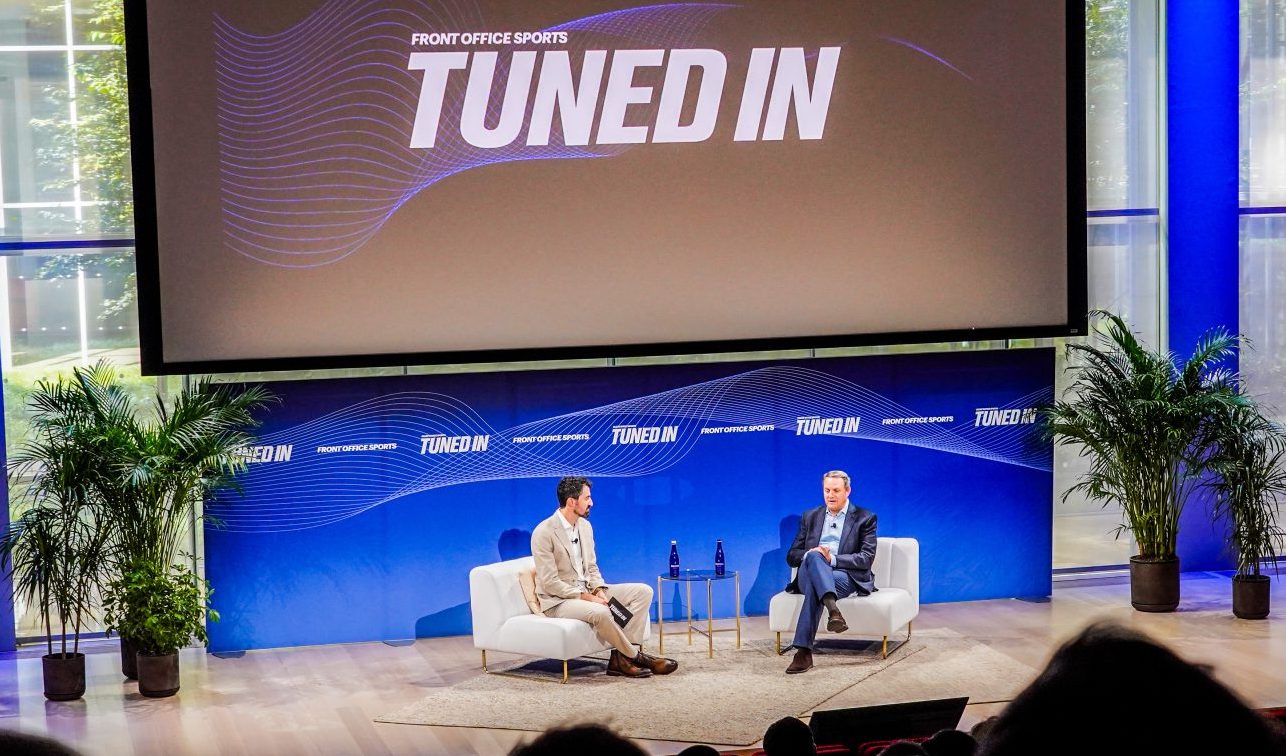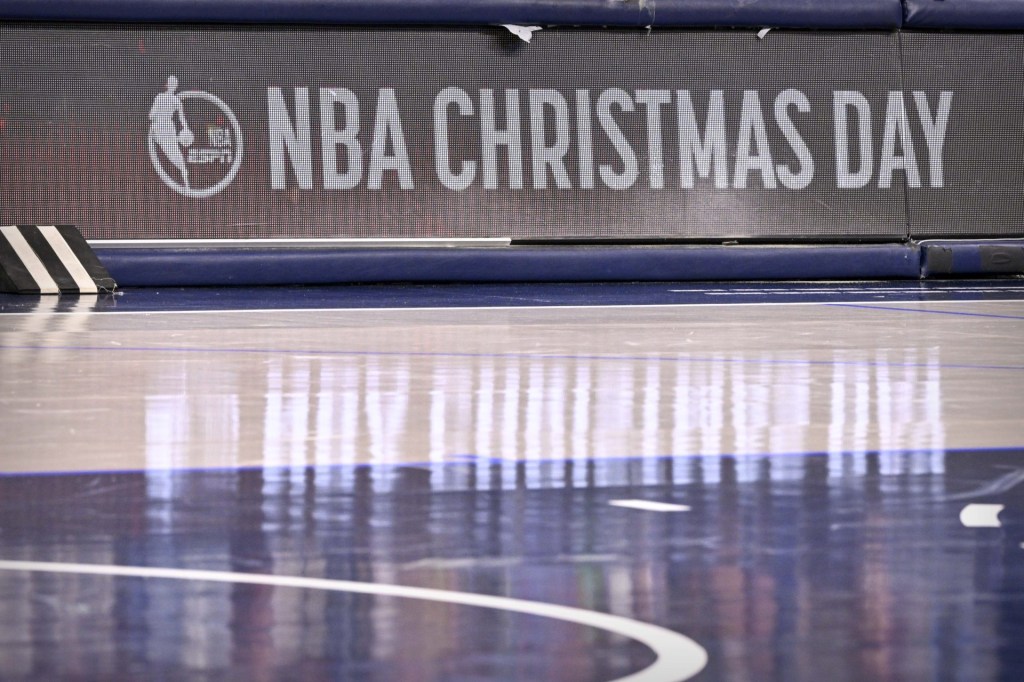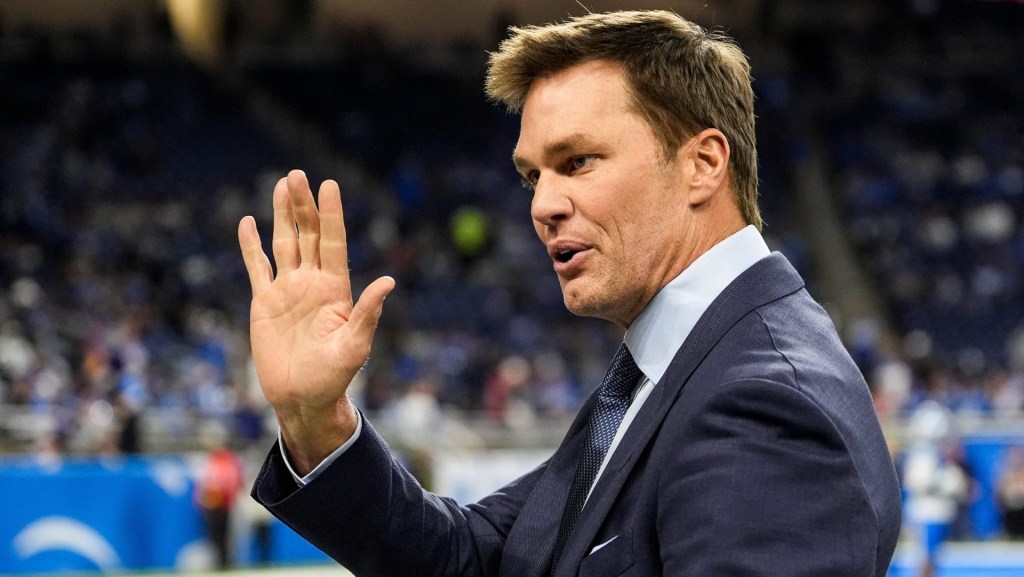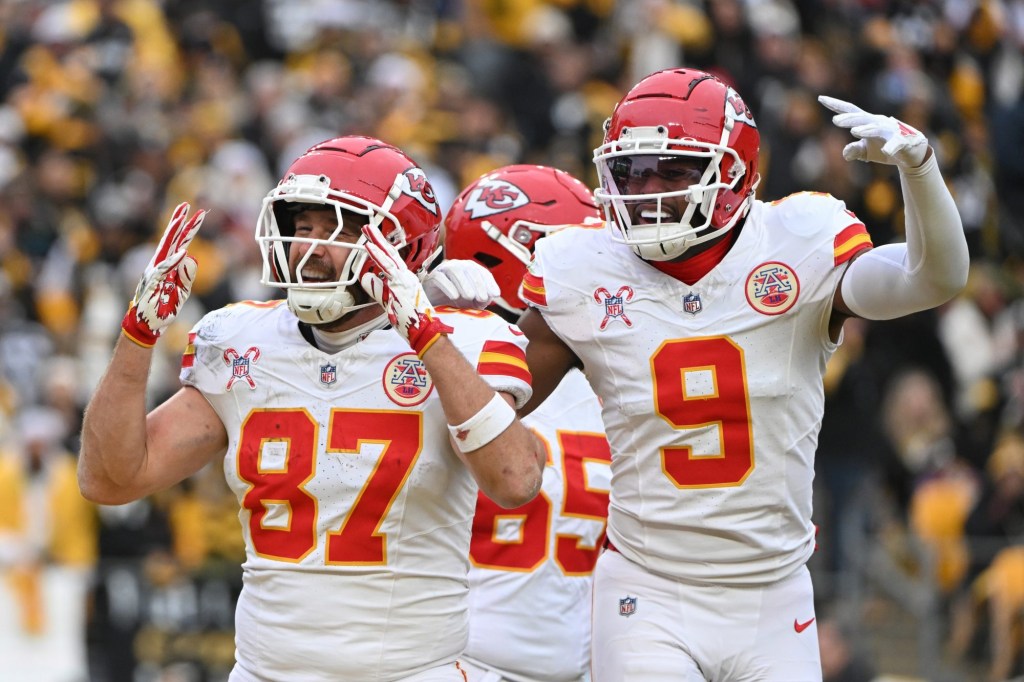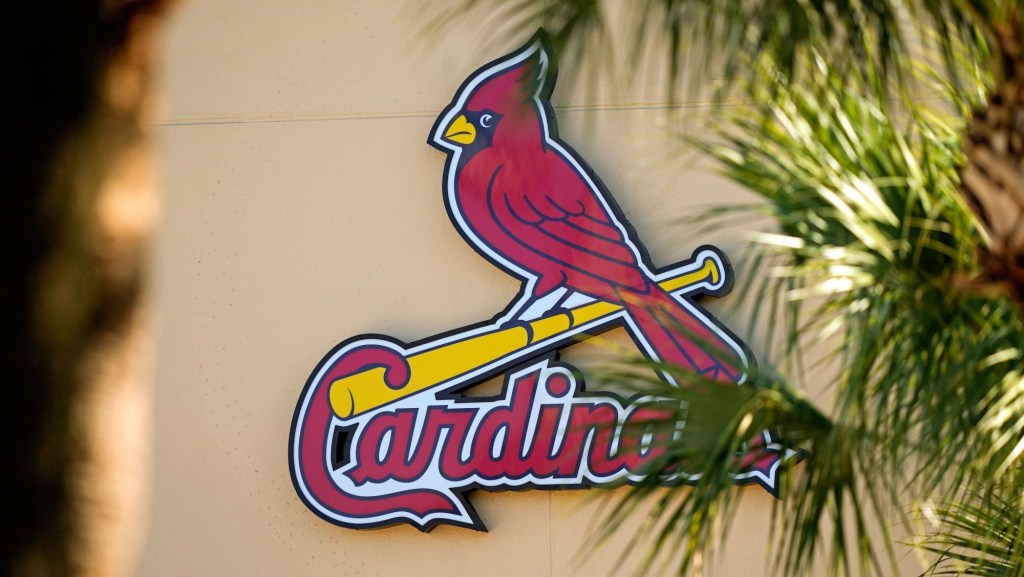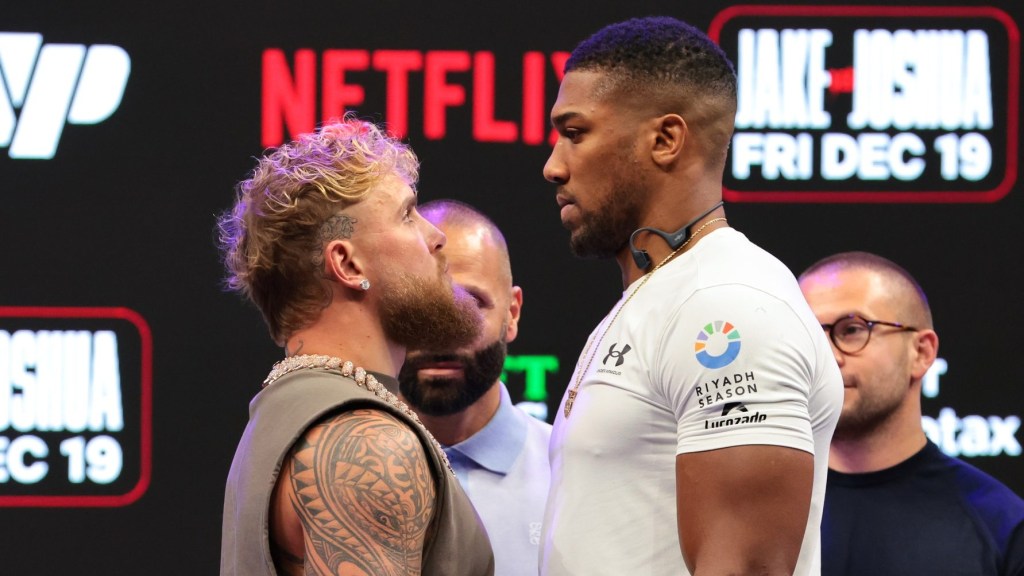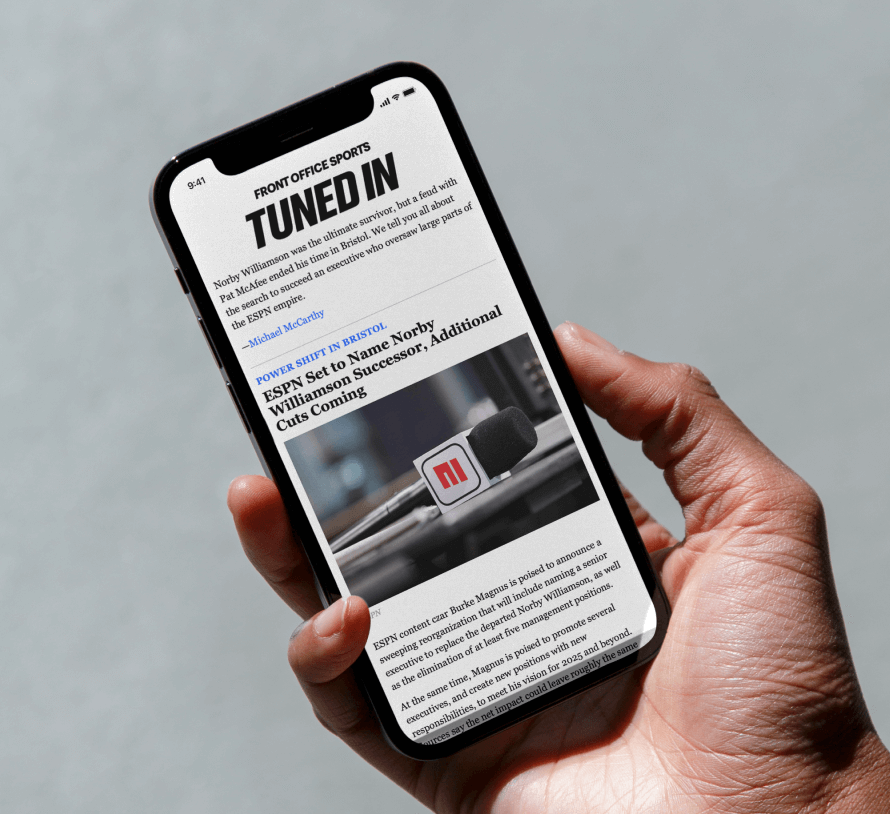The media rights deals for the big four men’s pro sports leagues are basically locked in for the next handful of years. And when you look at the broadcast partners, you see all the familiar television names: Disney-owned ABC and ESPN (NBA, NFL, NHL, MLB); NBC (NFL, NBA); CBS (NFL); Fox (NFL, MLB); and WBD-owned TNT Sports (NHL, MLB).
But you also see a growing sliver of rights going to streamers. The NBA chose Amazon over TNT Sports for its next 11 years. In the NFL world, Amazon now has Thursday Night Football, Peacock has an exclusive regular-season game, Netflix has two Christmas Day NFL games, and Google-owned YouTube TV grabbed NFL Sunday Ticket from DirecTV in 2022. The NHL’s new deal that started in 2021 includes a healthy number of games streaming on ESPN+ and Hulu.
The TV giants can see it: The streamers are crowding in.
But when I asked NBCUniversal chairman Mark Lazarus about it onstage at our inaugural Tuned In summit in New York, he said NBC still has an advantage over tech giants thanks to broadcast. (By that logic, so does Disney, the closest counterpart to NBC in terms of having broadcast, cable, and a stand-alone streaming offering.)
“They don’t have the combined reach that we have with broadcast and streaming. And I think that that, again, is one of our advantages,” Lazarus told me. “Collectively, streaming has earned credibility. It’s now a matter of which ones are gonna be involved in the discussion and what’s their plan and how can they convince the leagues and rights holders that they can help them grow their fan bases and reach big audiences.”
Laz raised a key question there: Can tech streamers convince the leagues to sell them larger rights packages? I’ll put a finer point on it: Might there come a time when a major sports league sells a whole season, or at least a much larger portion of its season, to a tech streamer that has no broadcast arm—rather than the scraps streamers have been getting?
MLS doesn’t boast nearly the audience of the big four, but it signed a 10-year deal making Apple TV its primary rights holder, a major hint of the future.
Amazon’s NBA package is the most significant sign yet of what’s to come. Beginning in 2025, Amazon will have 66 regular-season NBA games, plus it will be the exclusive home of the WNBA Finals in 2028, 2032, and 2036.
The numbers on broadcast still dwarf streaming, as Lazarus was proud to cite. Referring to NFL viewership on NBC, he said, “We’re doing 25 million these first couple games and we’ll average over 20 million viewers per game, and Fox will average with their four o’clock window somewhere thereabout, and so will CBS. On streaming, no one’s really getting to that number.”
But the future is coming up fast.
NBC’s Peacock app got 23 million viewers for a Chief-Dolphins wild-card game it streamed last January, the most-watched livestreamed event in U.S. history at the time. (That number does incorporate local-market TV viewers, too.) Thursday Night Football on Amazon averaged 11.86 million viewers per game last season, a 24% jump over the season prior, according to Nielsen, and two of the Amazon games last season got more than 15 million viewers each.
These numbers show how many millions of people are becoming used to consuming a game entirely on a streaming app.
It’s not hard to envision a time—years away, yes, but not decades—when an entire season of a major league goes to a streaming giant, with no NBC, ABC, CBS, or Fox in the mix.
“We think streaming and broadcast TV work hand in glove,” Lazarus reiterated. “The linear viewers are still over 90% of the viewers.”
Sure. But when the next NFL and MLB rights deals are announced in 2029, and the next NBA deal in 2037, it’s an easy bet they’ll involve more games exclusive to streamers than ever before. And the tech giants have the deepest pockets.
NBC has Peacock (33 million subscribers at last count, and that was before the Paris Olympics; Laz says “we added a lot of subs”). Disney has ESPN+ (25 million subs as of July), and soon ESPN “Flagship” (and Venu?) as well. For now, those are great weapons to enhance their broadcast presence.
But Amazon and Apple are breathing down their necks. With trillion-dollar market caps.
